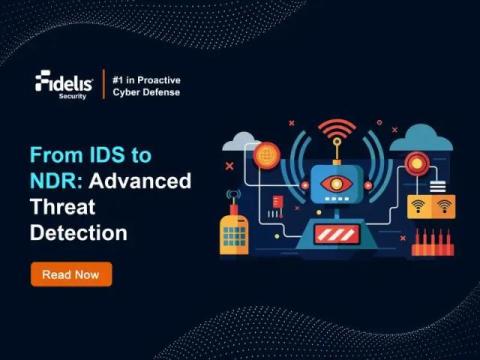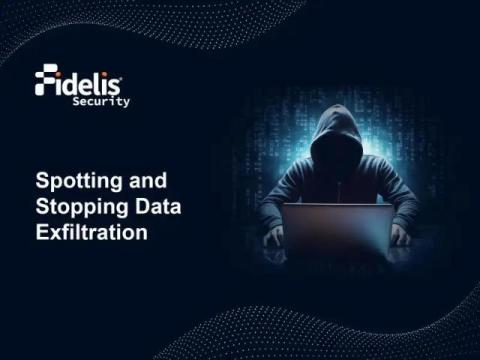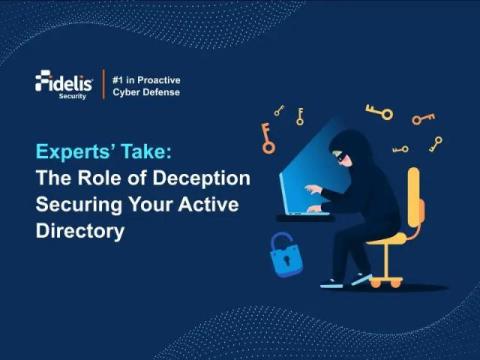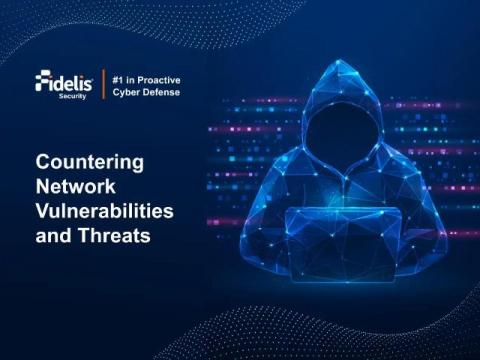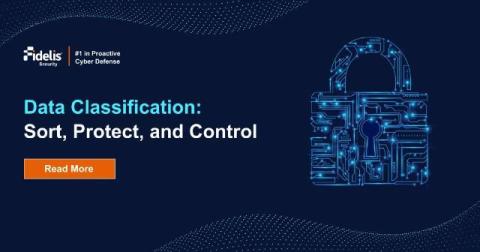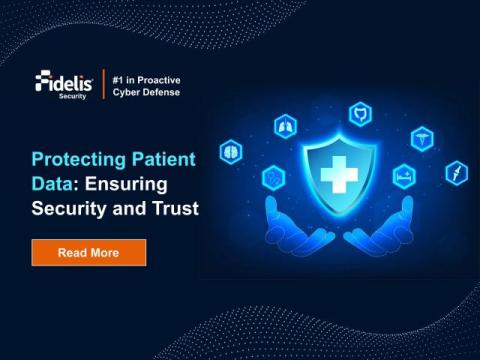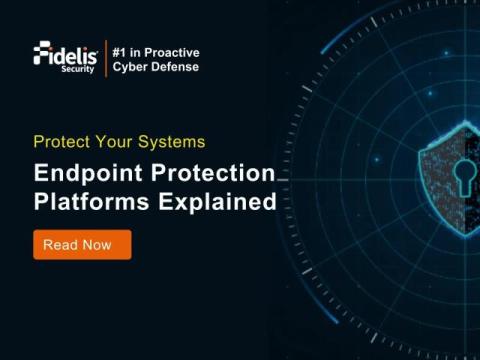The Evolution of NDR: From IDS to Advanced Threat Detection
It is always important to be one step ahead of cyber attackers. The tools and methods used to protect computer networks need to keep improving to match the growing cyber threats. One big change in this area is moving from old-fashioned Intrusion Detection Systems (IDS) to newer Network Detection and Response (NDR) solutions. This blog will look at how IDS has changed into NDR, emphasizing their main differences and the better features NDR offers.


